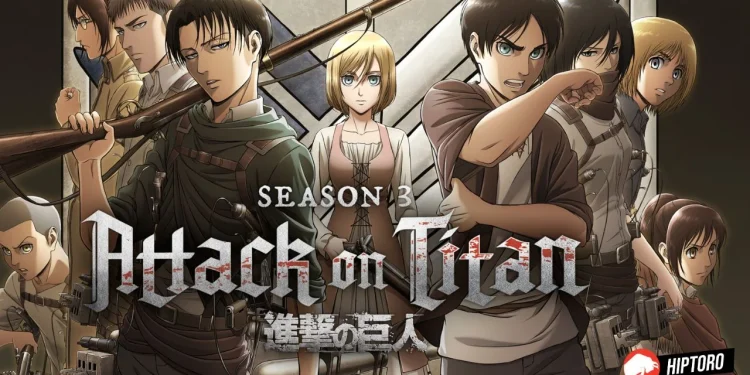“Attack on Titan,” Hajime Isayama’s masterwork, has always been a series that captivated audiences with its intense storytelling and complex characters. As we delve into the end of this epic saga, both in manga and anime form, we uncover the profound emotional layers and narrative decisions that brought this story to its poignant conclusion.
The Final Farewell: Eren Yeager’s Destiny
Eren Yeager, a name synonymous with both heroism and controversy within the “Attack on Titan” universe, meets his ultimate fate in a turn of events that is as tragic as it is necessary. The final chapter of the manga, “Toward the Tree on That Hill,” and the anime’s last episode left us with a mix of sorrow and closure.
In these concluding moments, we witness Mikasa, a character bound by love and duty, make the heart-wrenching decision to end Eren’s life. This act, a culmination of years of friendship, love, and conflict, is not just the end for Eren but a pivotal moment that changes the course of the world Isayama created.
The imagery of Mikasa mourning at Eren’s gravesite, a place under the tree where he often napped as a child, is a powerful symbol of the end of an era. The scarf, a token of their bond, slipping from her neck only to be returned by a bird, signifies the unbreakable connection they shared. This bird, a recurring symbol in the series, represents Eren’s deepest yearning for freedom, a theme that resonates throughout the story.
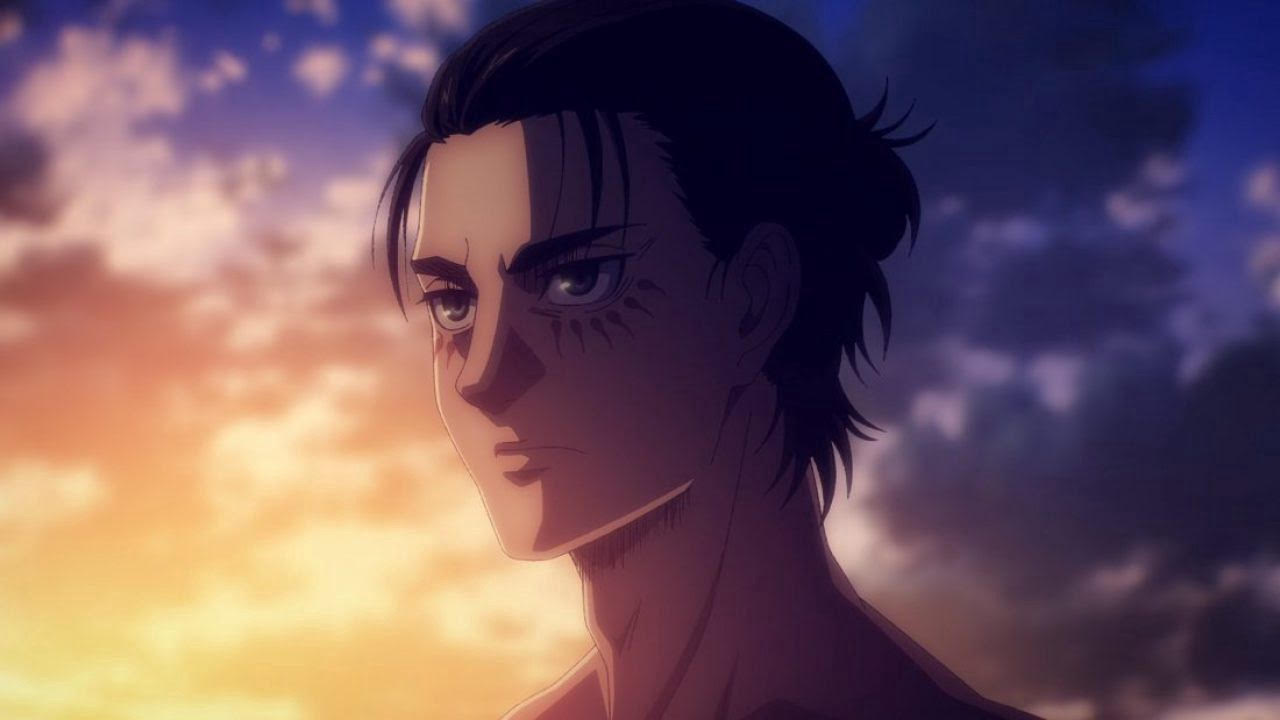
Mikasa’s Role in Ending the Titan Curse
A revelation in the series is the pivotal role Mikasa plays in not just Eren’s fate but in the destiny of the entire world. Her decision to end Eren’s life does more than stop the immediate threat; it liberates Ymir, the progenitor of the Titans, ending the millennia-long cycle of suffering. This moment, where Eren reveals that Mikasa was the key to Ymir’s liberation, adds depth to her character and highlights the unforeseen impact of individual choices in the grand tapestry of their world.
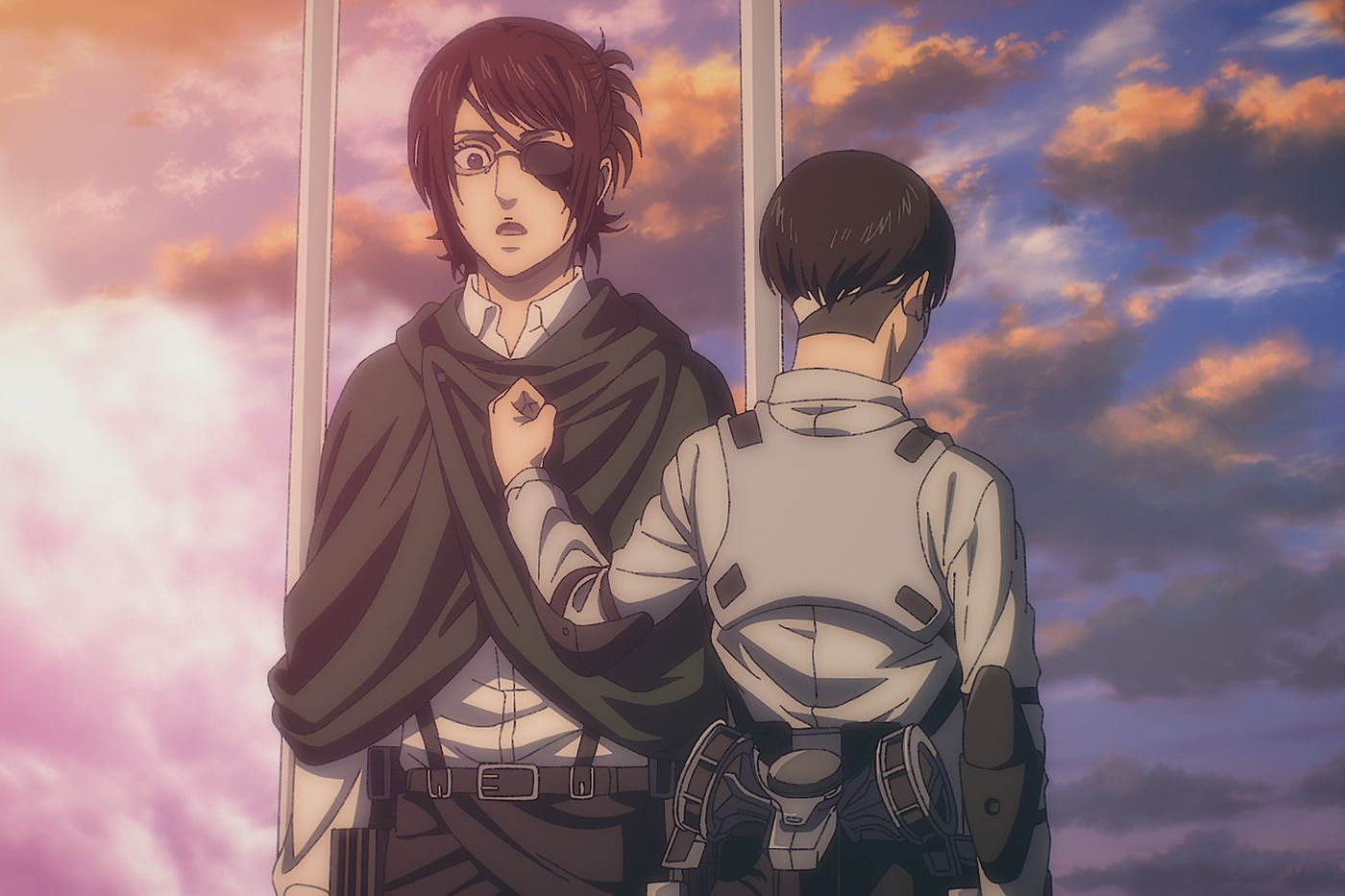
The Aftermath: A New World Order
The manga and anime take us three years into the future, showing us a world still grappling with the aftermath of the Titans‘ destruction. The creation of the new nation of Eldia, under the Yeagerist banner speaks to the ongoing struggle for peace and understanding in a world torn apart by conflict. The poignant words of Queen Historia in her letter resonate deeply: the fight for survival continues, but now, in a world without Titans.
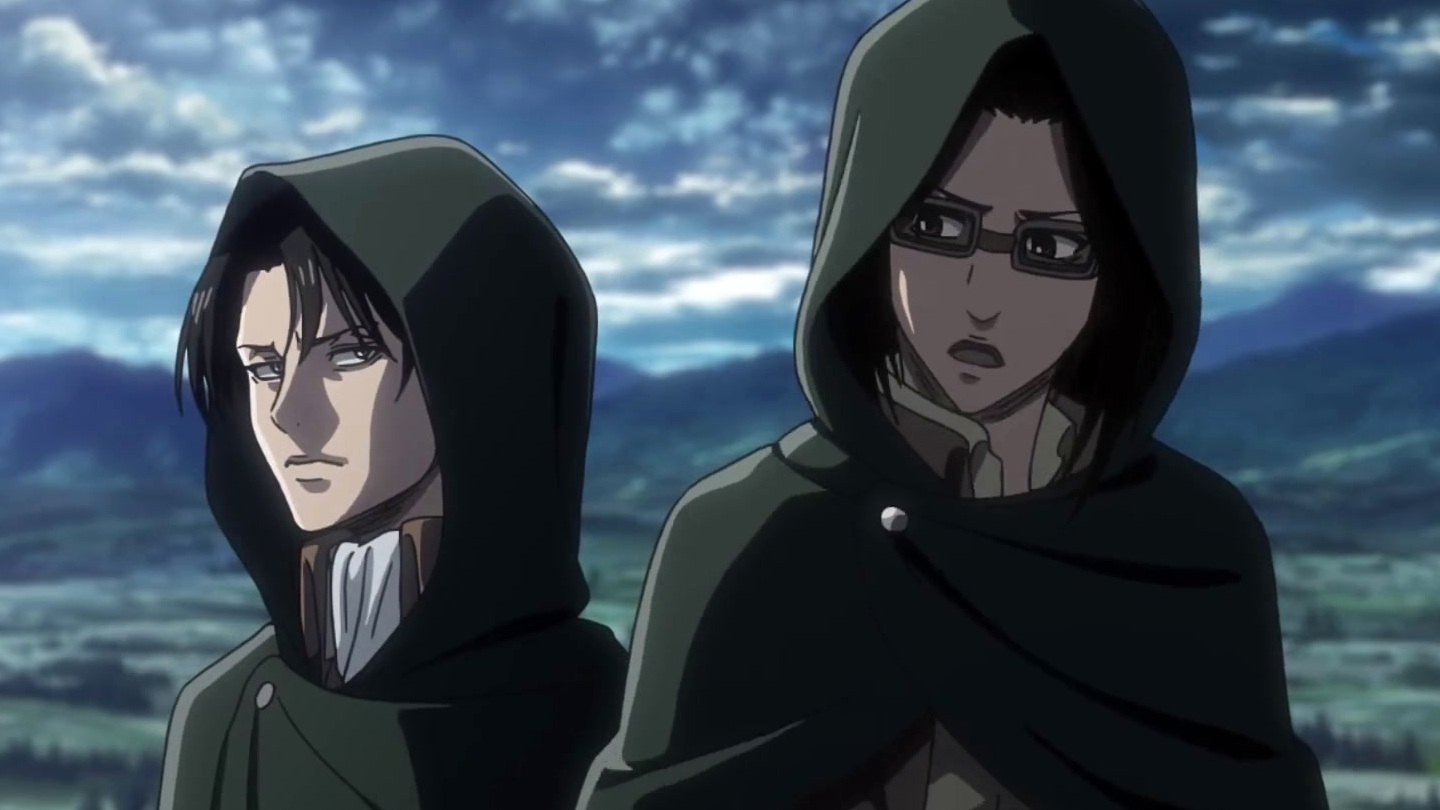
The Anime’s Extended Finale
The anime adaptation takes these powerful moments and extends them into an 85-minute finale, giving fans a deeper look into the consequences of the Battle of Heaven and Earth.
This extended episode not only covers the pivotal battles but also the delicate political maneuverings that follow. The final scene, where a bird visits Mikasa at Eren’s grave, adds a layer of mysticism and leaves us pondering the nature of Eren’s spirit and the cyclical nature of history.
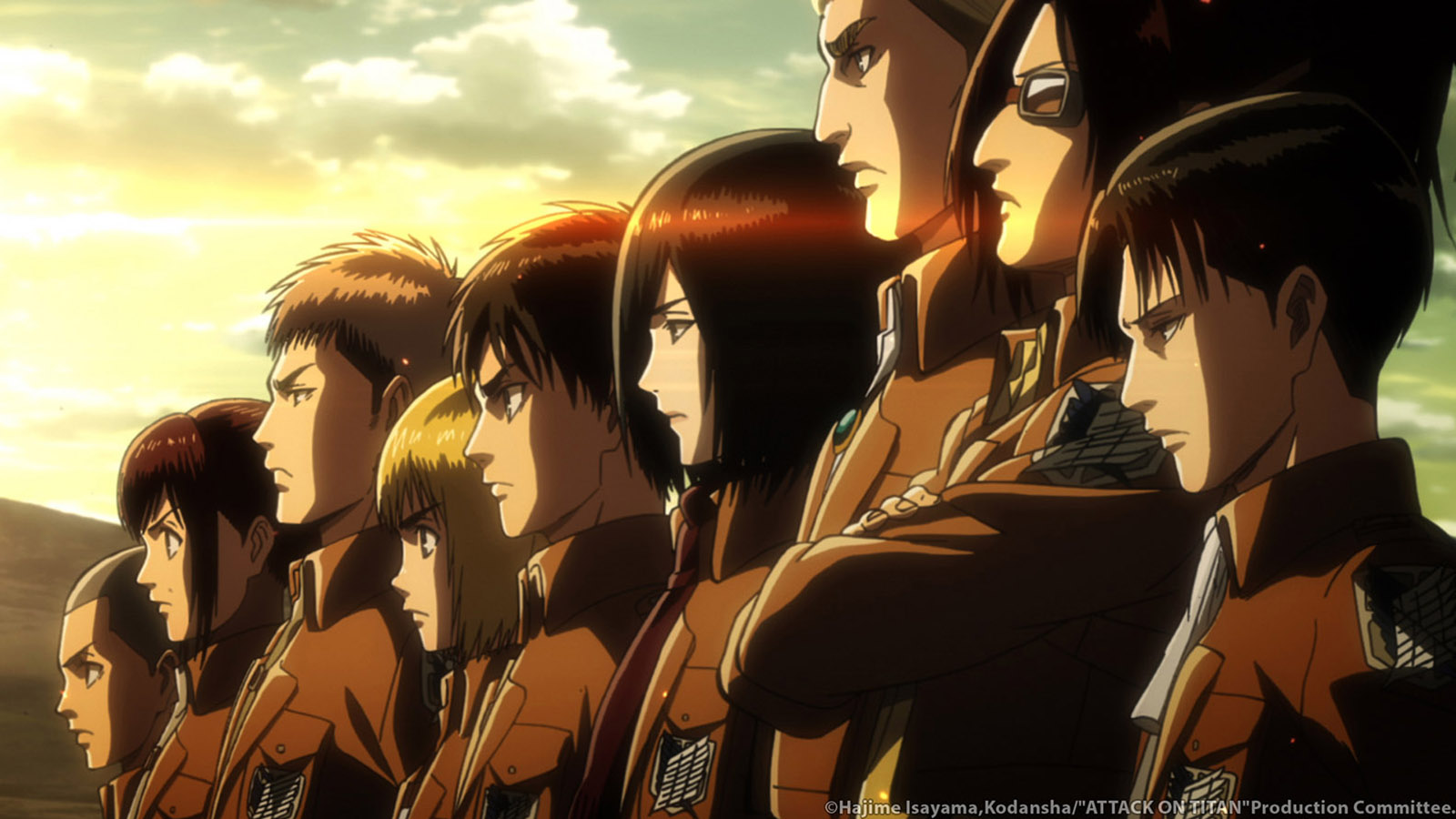
Isayama’s Supplementary Chapter: A Glimpse into the Future
Isayama’s additional chapter, a sort of epilogue to the series, provides a stark reminder that history often repeats itself. The discovery of the enormous tree growing over Eren’s grave by a young boy and his dog in a future where Paradis has developed and then fallen is a chilling indication that the struggle for freedom and the fight against oppression is an eternal one.
“What’s so great about Attack on Titan?”
Me: Everything. pic.twitter.com/jiPoQwCIdV
— Attack on Titan (@AoTJewels) February 21, 2021
The Enduring Legacy of Attack On Titan
“Attack on Titan” concludes not just as a story of war and conflict but as a tale of sacrifice, freedom, and the enduring human spirit. The series leaves us with a mix of emotions – sadness for the losses endured, relief at the peace achieved, and contemplation of the future. As fans, we take away not just the memories of a gripping story but the lessons it imparts about the nature of humanity and the relentless pursuit of a better world.



